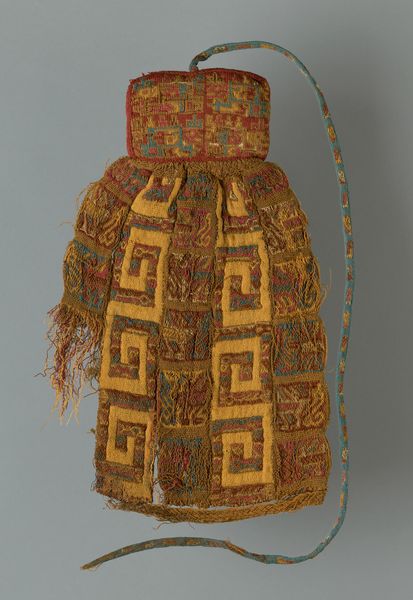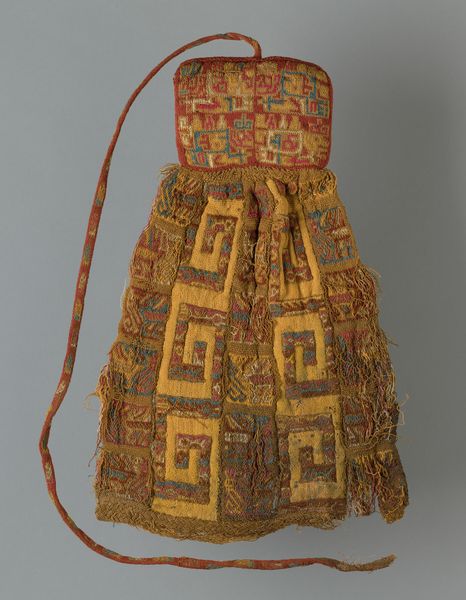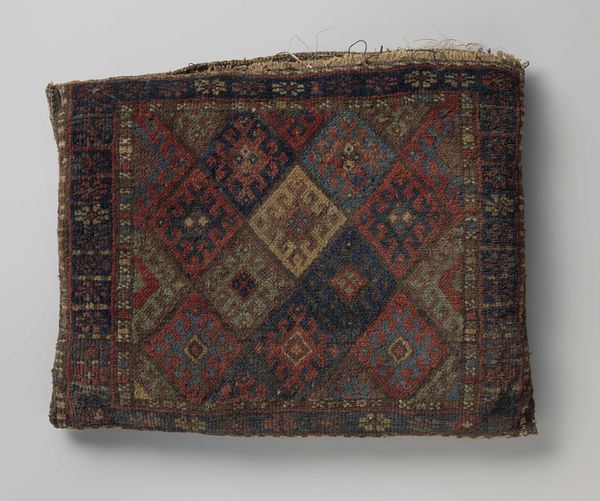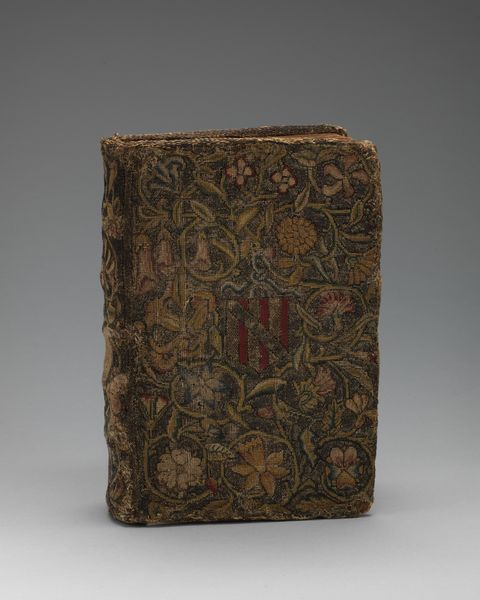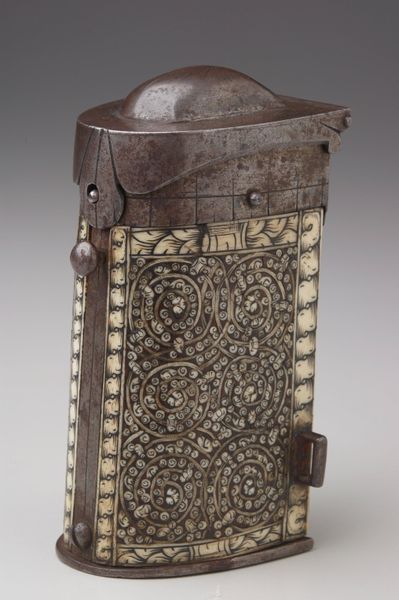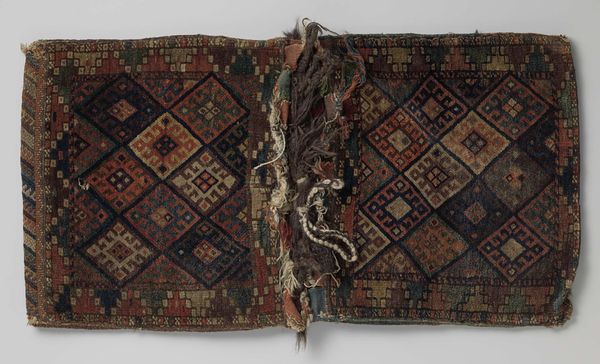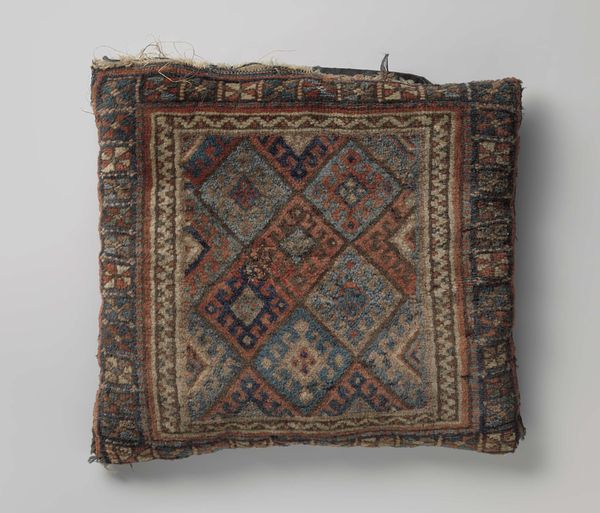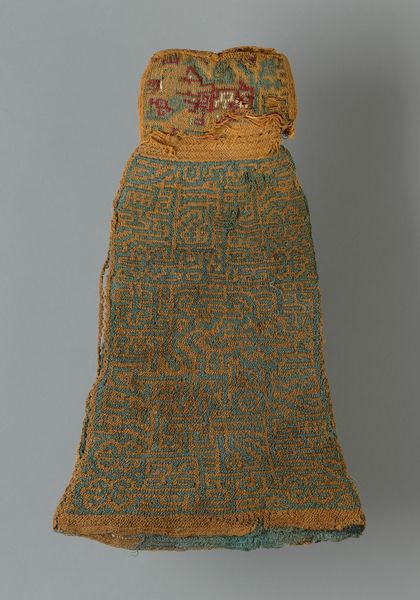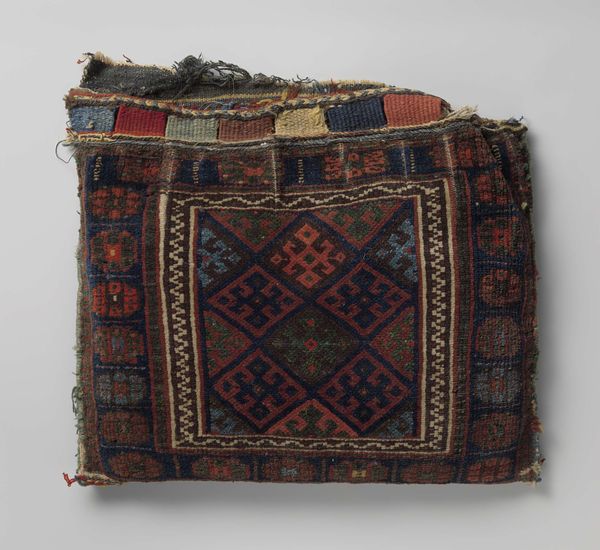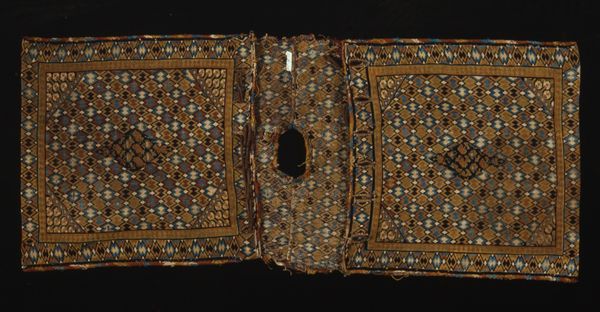
sculpture, wood
#
african-art
#
stone
#
sculpture
#
figuration
#
sculpture
#
wood
Copyright: Public Domain
Curator: The Minneapolis Institute of Art houses this fascinating object identified as a Lukasa, or memory board, dating from around the 20th century. It comes from the Luba people of the Democratic Republic of Congo. Editor: My first impression is tactile. I want to touch it, to run my fingers over those raised beads and feel the aged wood beneath. It looks like a storybook for the hands. Curator: Indeed. These memory boards are far more than decorative objects. They were created and used by the Bamucwezi, a special class of Luba historians, to recall and narrate the complex history of the Luba people, their migrations, genealogy, and cultural practices. Editor: So, each bead, each color, must be a kind of coded language, whispering tales of ancestors and journeys. Is it all fixed, this visual script, or is there room for improvisation in the telling? Curator: While the general layout and certain symbols are consistent, the Bamucwezi possessed considerable interpretive license. The number, size, and arrangement of beads varied from board to board, allowing for a degree of personalization and nuanced storytelling. Consider also the work that went into crafting one, thinking of sourcing and trading for each of the beads, the shaping and carving of the wood... the labor is implicit. Editor: That makes sense. I am imagining sitting with an elder and tracing my family line across this map, feeling the weight of it, feeling linked. And, thinking of the 'production' that you raise: beyond mere material creation, these boards were actively sustaining and performing the Luba's very history and social memory, right? Curator: Precisely! The Lukasa isn’t merely a record but an active instrument in shaping Luba identity and social cohesion. This particular example highlights the sophistication of indigenous knowledge systems. Editor: Looking at it again now, it’s no longer just a beautiful object but a portal, almost a living thing, holding echoes of voices and drumming feet. That one shiny, darker circle near the board's top, draws my eye as the symbolic point of origin of its story. Curator: Your reaction makes clear why these boards were integral to Luba life. Their utility transcends our usual definition of 'art.' I see in it also the story of colonial exploitation and trade in exotic hardwoods...a double meaning of cultural significance and extractive industry. Editor: Well, for me, I now see this Lukasa as more than wood and beads, and more than Luba history too. It's a profound reminder of the power of objects to connect us across time and space.
Comments
No comments
Be the first to comment and join the conversation on the ultimate creative platform.
